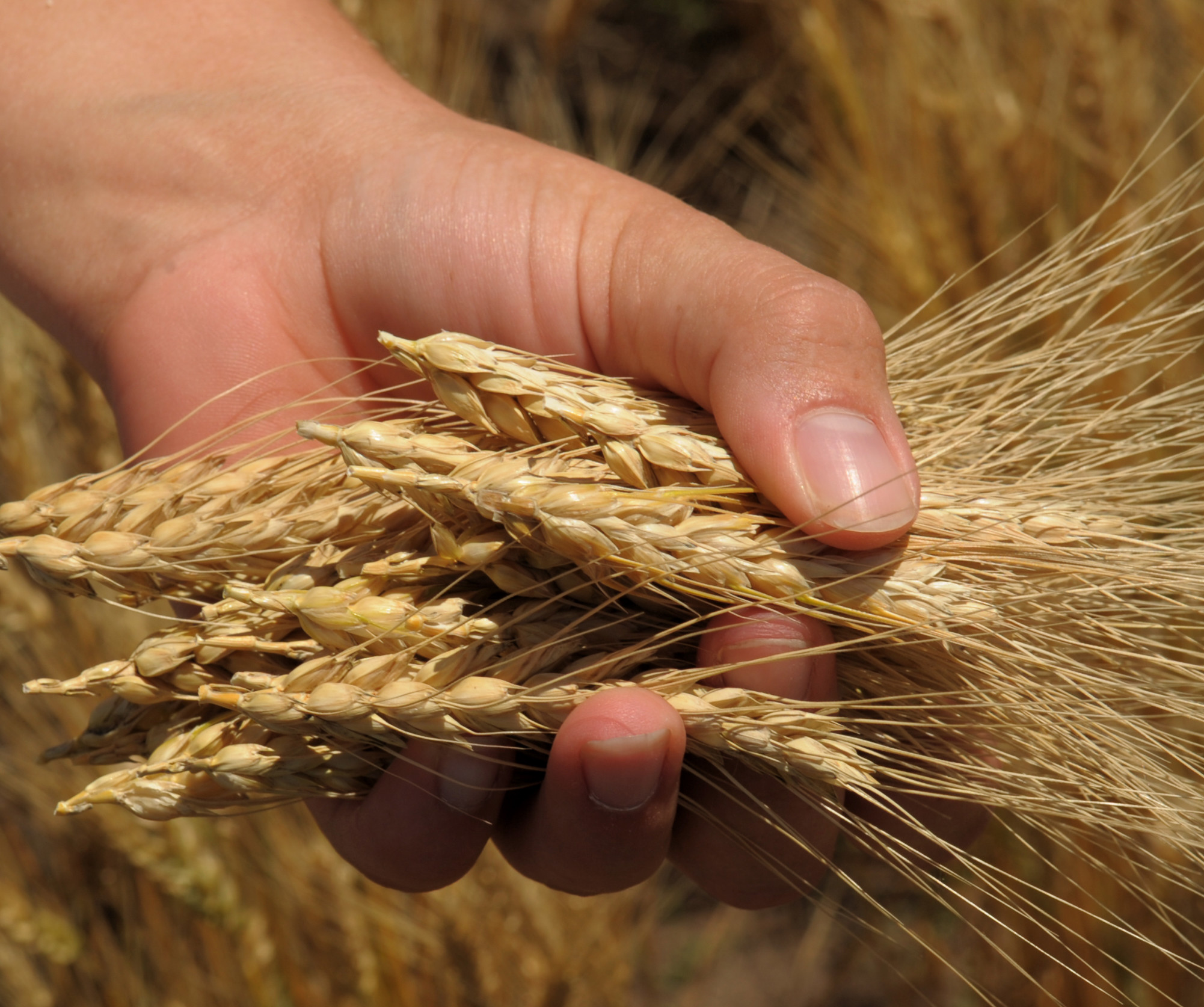Use location, production goals to determine winter wheat planting dates

K-State wheat expert says producers can avoid early-planting consequences when considering these factors
The relationship between winter wheat planting dates and grain yields can be characterized by a bell curve, according to K-State wheat production specialist Romulo Lollato. Seeding should occur at the curve’s peak or optimum point to minimize the risk of yield loss.
Lollato said this relationship makes winter wheat planting dates that maximize crop performance specific to an individual producer’s location and operational goals.
“Optimal dates for growers depend on two things,” he said. “One component is where the producer is physically positioned within the state, and the other is the purpose of the winter wheat.”
Listen to an interview with Romulo Lollato on the weekday radio program, Agriculture Today
In the northwest region of Kansas, producers should aim for a Sept. 25 planting date, Lollato said, noting this recommendation stems from long-term weather data.
“It gets colder sooner in that part of the state during the fall because of the higher elevations, thus the yield penalty for planting late is steeper” he said. “Producers also tend to have to be more opportunistic because it is such a dry environment. When a chance of rain comes, they try to get seeding.”
On the other hand, farmers in south-central Kansas may have their winter wheat crop in the ground as late as Oct. 15.
“It is a warmer region with more rainfall,” Lollato said. “The environment tends to be more forgiving due to warmer fall temperatures and more moisture available.”
Potential yield penalties caused by early sowing in the arid climates of western Kansas may be as much as 2-3 bushels per acre per day past mid-October. At the same time, south-central fields typically experience a one bushel per acre per day loss when sown after early November, according to Lollato.
Beyond geography, Lollato said a grower’s production goals also play a part in planting date decision-making.
“Some will grow dual-purpose wheat – meaning they not only look at grain output but also forage production,” he said. “More forage is produced the earlier the crop is planted because of the exposure to the warmer temperatures of the fall.”
For south-central producers interested in the forage content for their livestock, seeding should take place 2-3 weeks before Oct. 15 to ensure fields are fit for grazing later on.
Besides penalties, another negative outcome of planting winter wheat too early includes increased disease risk.
“Growers more often see viral diseases such as wheat streak mosaic and barley yellow dwarf virus the earlier planting takes place,” Lollato said. “Those viral diseases are transmitted by living organisms that are more active early in the fall when temperatures are warmer.”
Further concerns about crop emergence also arise after untimely seeding, Lollato said.
“Some wheat varieties are sensitive to temperature germination,” he said. “If you are planting in warmer soils, those wheat seeds just might not germinate until there is a rain that comes. In western Kansas, where moisture is less predictable, it could be difficult to obtain yield potentials for the growing season.”
Lollato said winter wheat fields planted before the recommended dates may also battle pests like armyworms and excessive fall growth, which increases the crop’s moisture requirements and potential for drought stress in the spring.
More information about optimal wheat planting dates is available at local extension offices in Kansas.
PHOTO: Handful of wheat (K-State Research and Extension)

